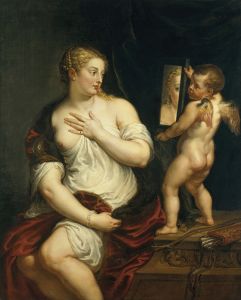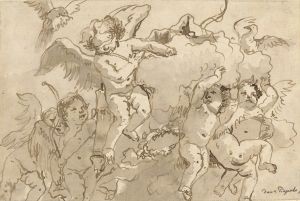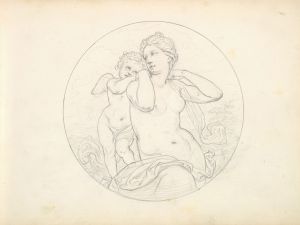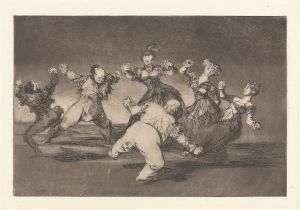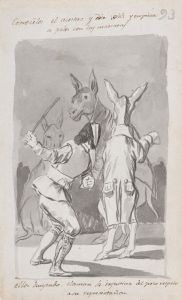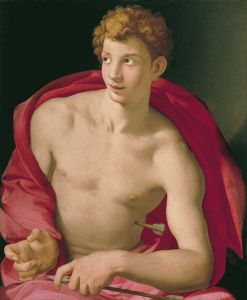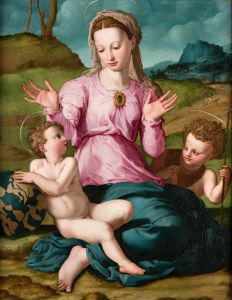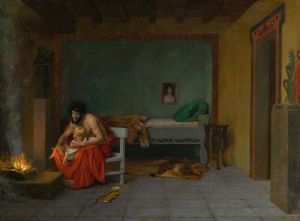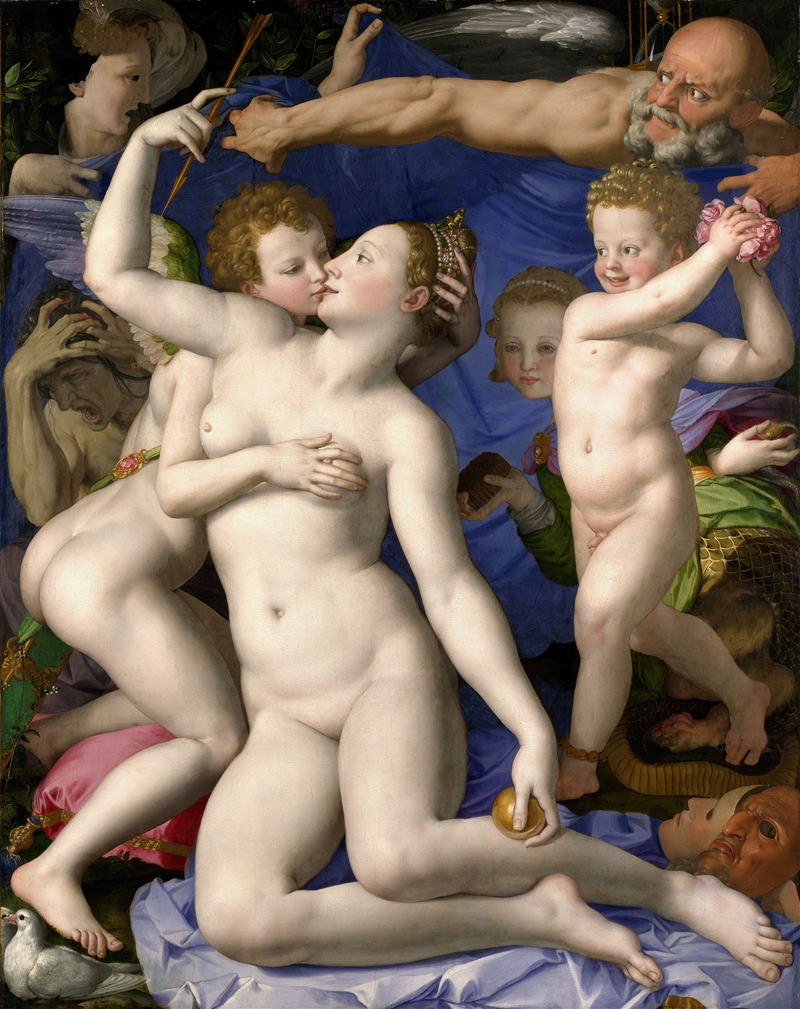
Venus, Cupid, Folly and Time
A hand-painted replica of Agnolo Bronzino’s masterpiece Venus, Cupid, Folly and Time, meticulously crafted by professional artists to capture the true essence of the original. Each piece is created with museum-quality canvas and rare mineral pigments, carefully painted by experienced artists with delicate brushstrokes and rich, layered colors to perfectly recreate the texture of the original artwork. Unlike machine-printed reproductions, this hand-painted version brings the painting to life, infused with the artist’s emotions and skill in every stroke. Whether for personal collection or home decoration, it instantly elevates the artistic atmosphere of any space.
Venus, Cupid, Folly and Time is an allegorical painting by the Italian Mannerist artist Agnolo Bronzino, created around 1545. The work is housed in the National Gallery in London and is considered one of Bronzino's most famous and enigmatic pieces. It is an oil painting on wood, measuring approximately 146 cm by 116 cm.
The painting is a complex allegory, filled with symbolic figures and intricate details. At the center of the composition are Venus, the Roman goddess of love, and her son Cupid. Venus is depicted nude, holding the golden apple of discord, which she won in the Judgment of Paris. Cupid, also nude, embraces Venus in an intimate pose, symbolizing the sensual and sometimes transgressive nature of love. The figures are rendered with Bronzino's characteristic precision and smooth, polished surfaces, emphasizing their idealized beauty.
To the upper right of the painting is an elderly, winged figure identified as Time, holding a blue drape. His presence suggests the passage of time and the eventual consequences of the actions depicted. Opposite him, in the upper left, is a figure often interpreted as Oblivion, whose partially obscured face and hollow head symbolize forgetfulness or the loss of memory.
Other figures populate the scene, each contributing to the allegorical narrative. Below Venus and Cupid is a young girl with a grotesque mask-like face, often identified as Deceit or Fraud, holding a honeycomb in one hand and a scorpion's tail in the other. To the left, a laughing figure, sometimes called Folly, scatters rose petals, representing the fleeting pleasures of love. In the lower right corner, a suffering figure, possibly Jealousy or Syphilis, writhes in anguish, hinting at the darker consequences of love and desire.
The painting's exact meaning remains a subject of scholarly debate, but it is widely agreed that it explores themes of love, lust, deceit, and the passage of time. The work reflects the intellectual and artistic interests of the Mannerist period, characterized by its intricate compositions, exaggerated poses, and complex symbolism.
Commissioned by Cosimo I de' Medici, the painting was likely intended as a diplomatic gift for King Francis I of France. Its provocative imagery and sophisticated allegory would have appealed to the tastes of the French court, known for its appreciation of art and intellectual pursuits.
Venus, Cupid, Folly and Time exemplifies Bronzino's mastery of technique and his ability to convey intricate allegorical themes. The painting remains a celebrated example of Mannerist art and continues to intrigue viewers with its enigmatic symbolism and striking visual impact.






